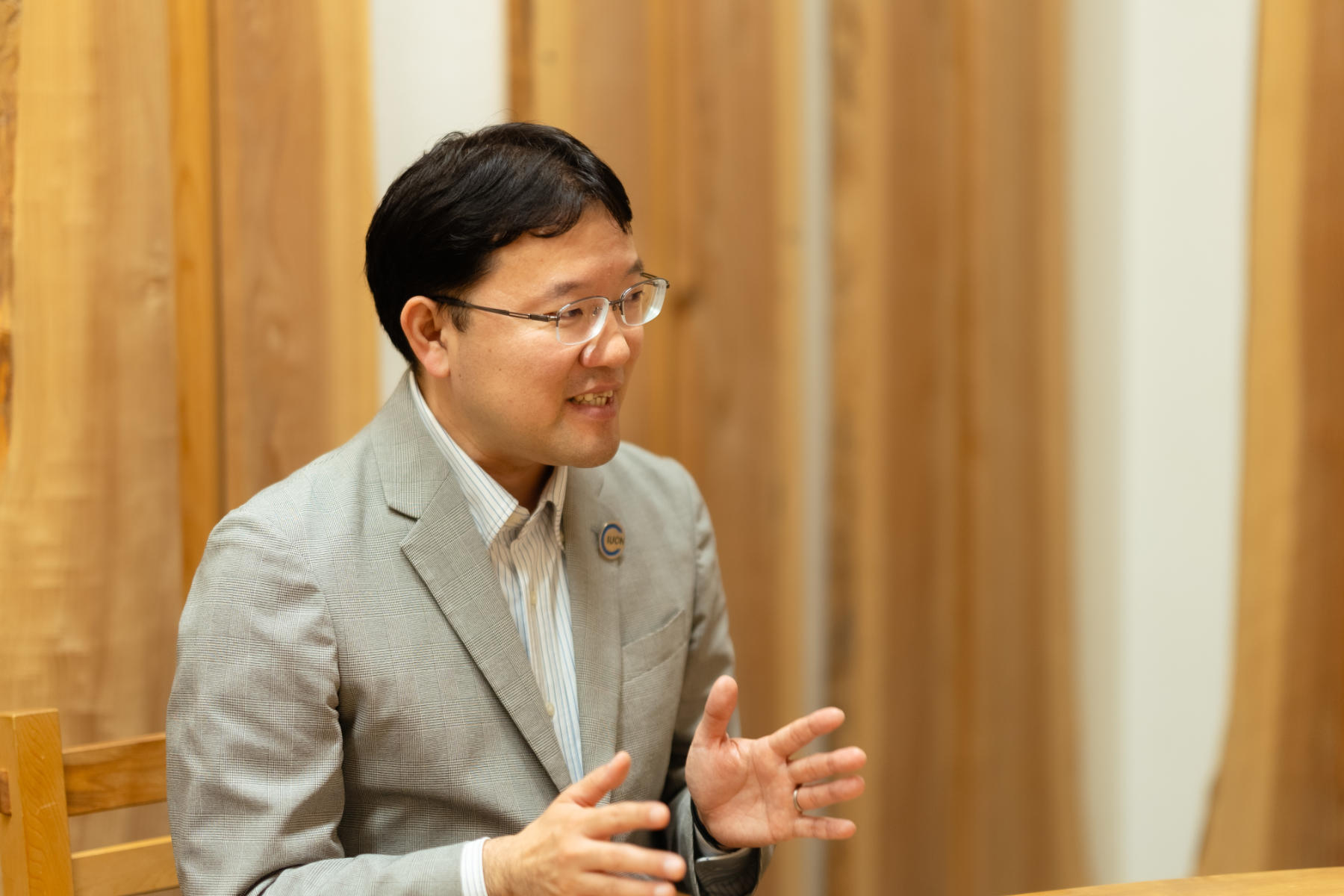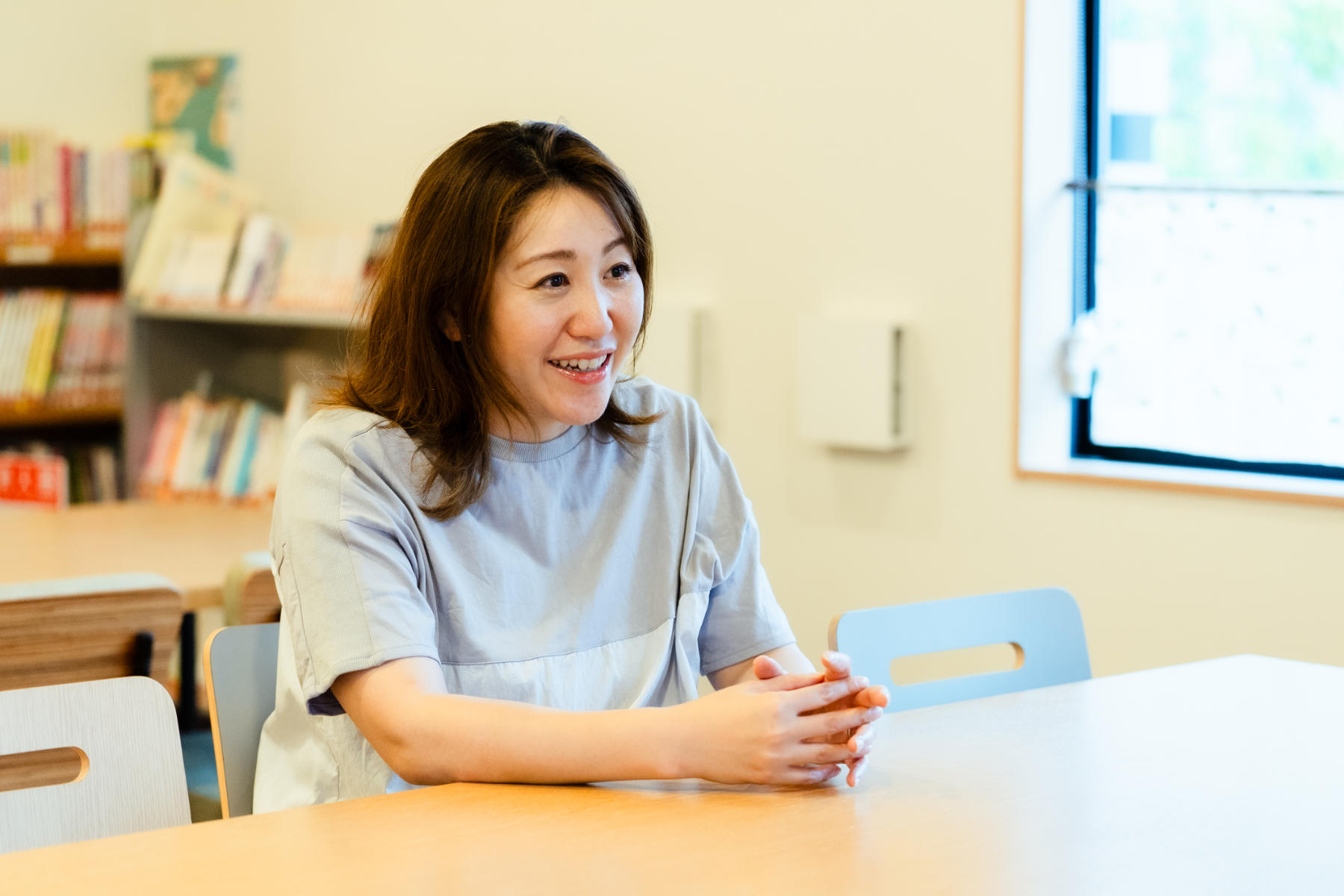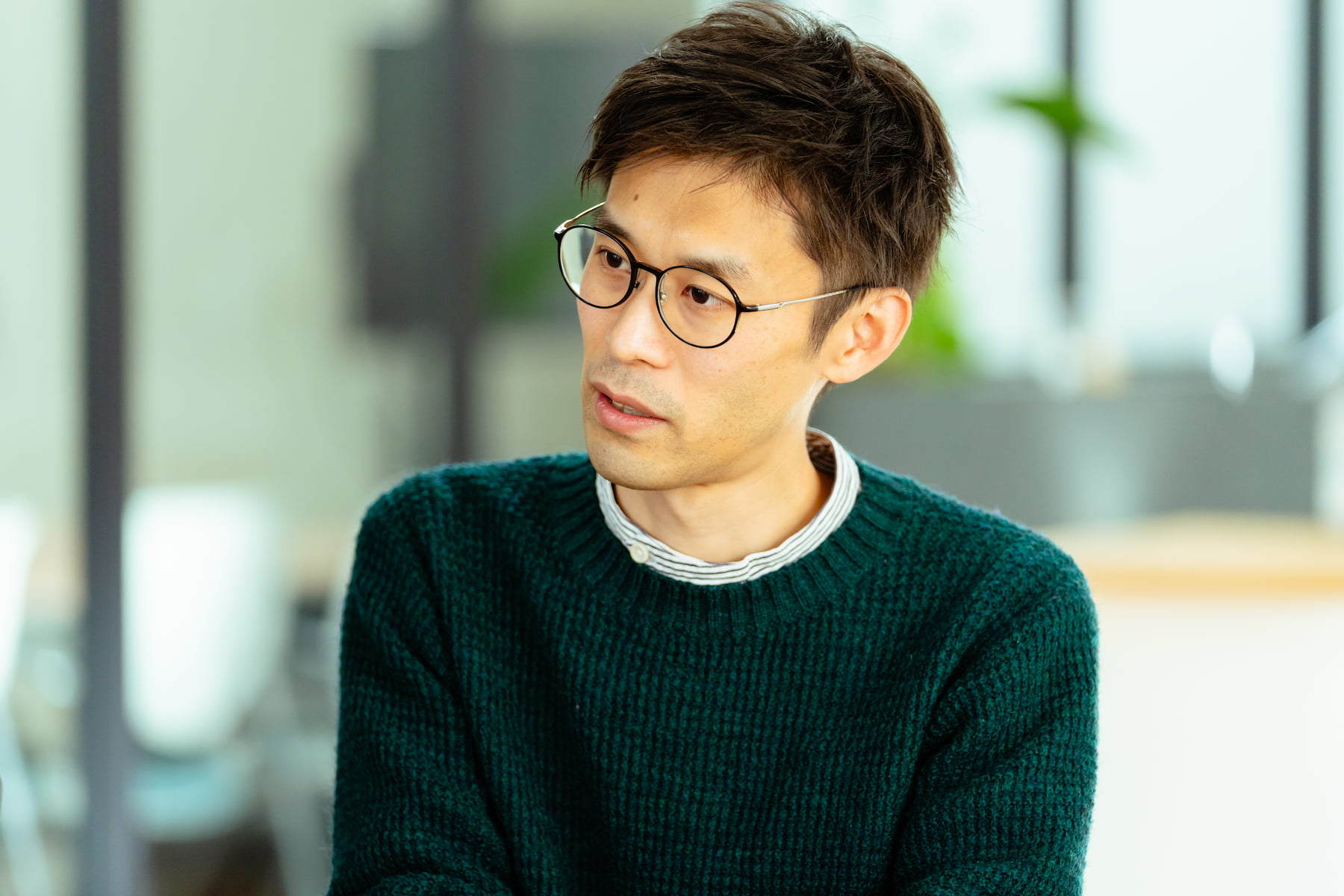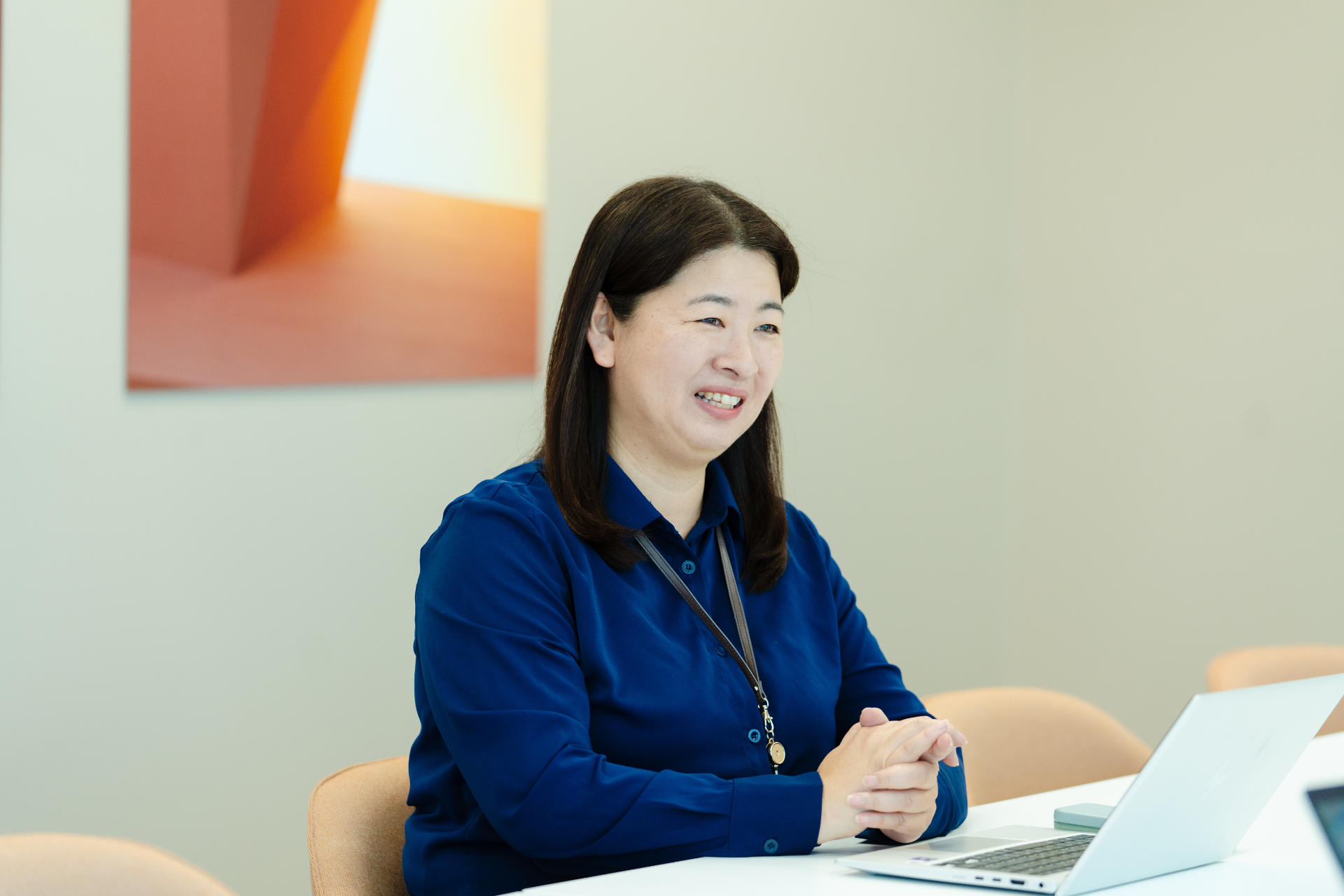CASE 28
Kanagawa Prefectural Housing Supply Corporation
(December 2021 – March 2022)
Your support inspired independent action among our members.
Yokohama Wakabadai, in Asahi Ward, Yokohama, Kanagawa Prefecture, was developed as an ideal residential area, with high-rise housing and various facilities situated among beautiful forest and rolling hills. Residents began moving in from 1979, and since then, various organizations and groups of residents have contributed to improving the community. However, due to factors such as the declining birthrate and falling demand, sustainable development has become a difficult prospect. One initiative involves the shopping district—the engine of the community. A "Shopping District Revitalization Committee," made up of shop owners, staff, lenders and customers (residents), was formed in 2021. It allows everyone involved to exchange opinions. The committee's leaders asked Hitoshizuku Inc. to support its management, and to help set up various events, such as meetings for residents, and study sessions for shop owners. We spoke to them about the changes and realizations that have taken place while running a group with such a broad membership.
The “Shopping District Revitalization Committee” is a diverse group, and to develop it, a third party was needed.
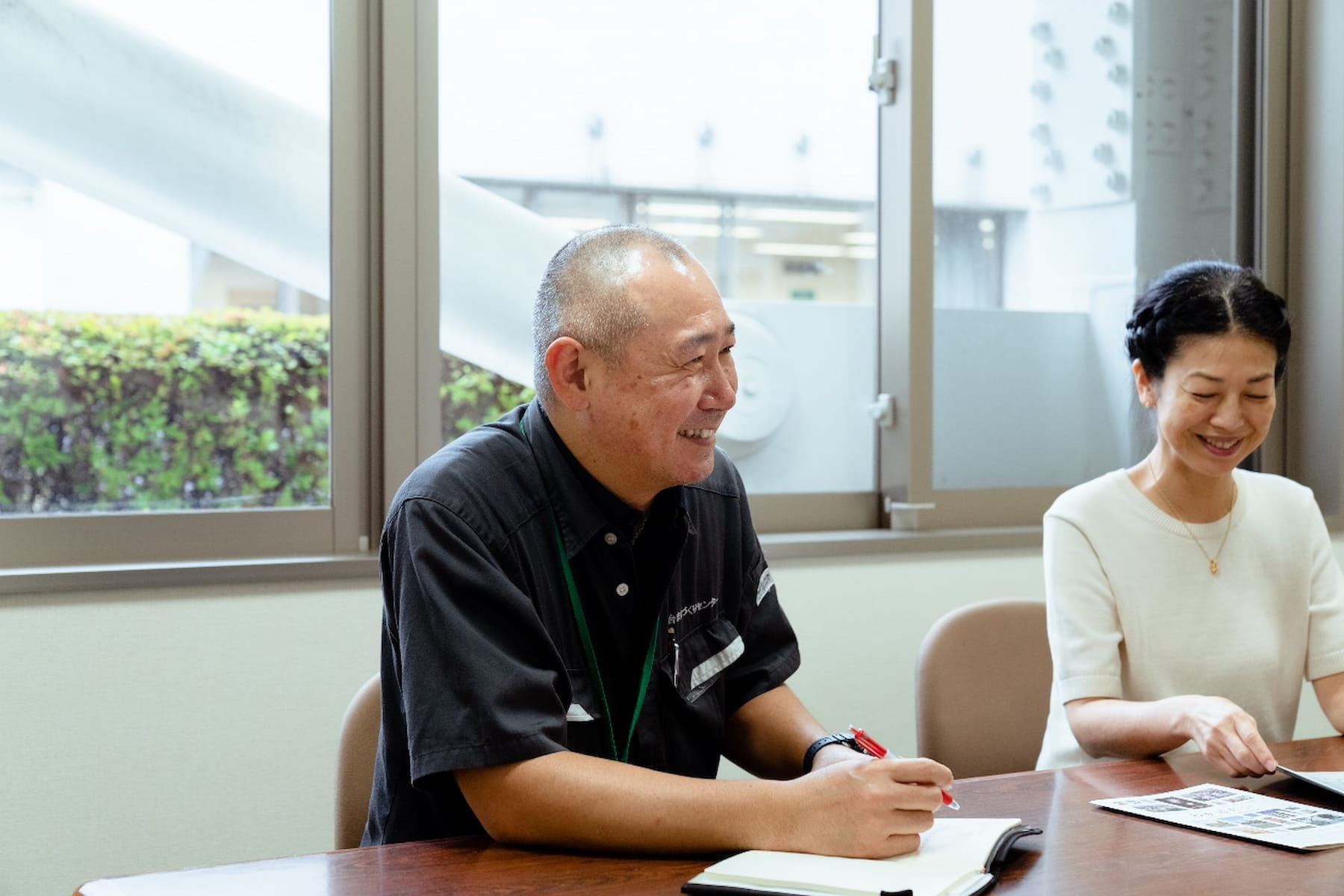
Yutaka Maruno, from the Wakabadai Development Center, and Yoko Matsui, from the Kanagawa Prefectural Housing Supply Corporation
Atsuko Toyama, Project Manager, Hitoshizuku Inc. (Toyama):
What challenges was Yokohama Wakabadai facing before you got in touch with us?
Yoko Matsui, Kanagawa Prefectural Housing Supply Corporation (Matsui):
When we contacted you in 2021, Yokohama Wakabadai and its shopping district were around 40 years old. The residents have gotten older, on average, and fewer people were using the shops. Keeping things going was a pressing issue, and so in 2017, a plan for the future was put in place. Everyone involved, including resident associations, management associations, NPOs and residents, came together to help sustain the community. Right from the beginning, there was an understanding that revitalizing the central shopping district was crucial. And so, in 2021, the “Shopping District Revitalization Committee” was established.
Toyama:
What was difficult about managing the committee?
Matsui:
Previously, all the focus went to the shops themselves. But they’re supported by consumers—the residents. So the new approach was for everyone involved to exchange their opinions. The committee brings together people and groups with various standpoints, including shop owners, staff, and residents, as well as the Kanagawa Prefectural Housing Supply Corporation, who developed the residential area, and the Wakabadai Development Center, who act as lenders and management for the shops.
But because there were so many different standpoints, it seemed difficult to give everyone equal footing in the discussions, and to then reach a consensus. So we looked for a company with a proven track record, that could support committee management as a third party. Someone from Asahi Ward told me that you’d organized workshops at several shopping districts in Yokohama, and they’d gone very smoothly. So we decided to ask you to help us.
Toyama:
When you contacted us, what did you have in mind?
Yutaka Maruno, Wakabadai Development Center (Maruno):
First, we thought it was important to create a forum for spontaneous, sustained discussion. The idea was for the shopping district to be at the heart of the community, not just a place where things are sold. However, many of the members have long, complicated relationships. Often, people were simply making requests, rather than exchanging opinions. It felt difficult to formulate a discussion that would lead to a collective decision. So in order to achieve that, we decided to outsource the facilitation of the meeting. It was something we hadn’t had the opportunity to do before. We hoped that you would understand our circumstances, and guide us towards solutions.
Matsui:
At first I didn’t know exactly what Hitoshizuku’s strengths were, but there were things I hoped you could help with. First, I thought that a third party could point out the positives of our shopping district—things that we ourselves hadn’t noticed. The second thing was to cultivate spontaneity, and cooperate with us to take concrete action. Times are changing. These are difficult circumstances, and we can’t rely on outsiders. Everyone involved in the shopping district has to contribute. We thought that a third-party perspective would help lead to action.
It was our first time working with a third party, and more communication would have been better.
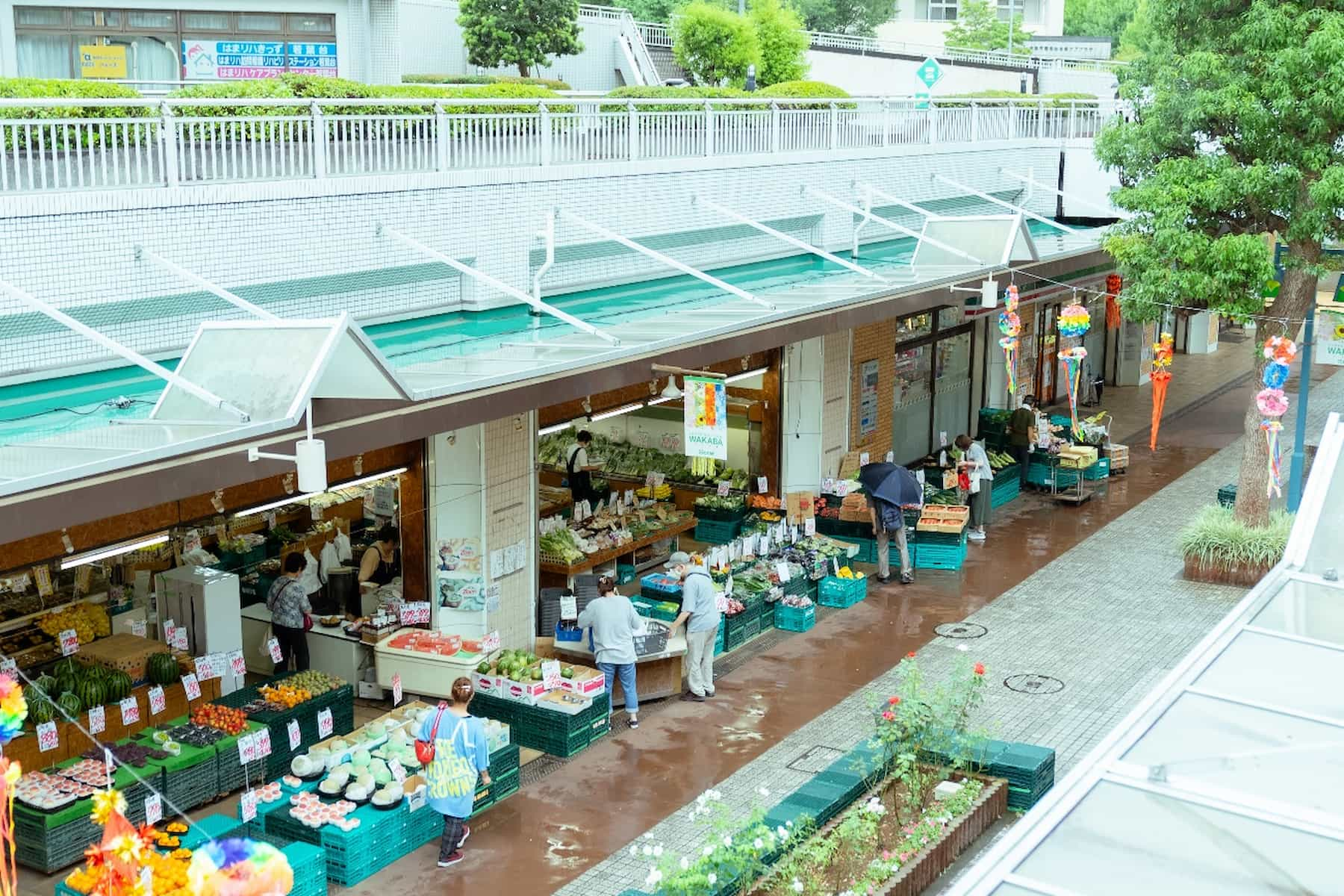
The shopping district
Toyama:
Tell us what you liked about the way Hitoshizuku supported you.
Matsui:
You facilitated the workshops we held for residents. People’s ideas were more diverse than we expected, but thanks to you, we listened to them all, and even drew out the thoughts of those not involved in the committee. I thought that was remarkable.
Toyama:
The residents participated so enthusiastically that we ran out of time. It was great to see. Were there any aspects of Hitoshizuku’s work that you felt could be improved?
Maruno:
It was our first time working with a third party, and we didn’t quite know what to ask for. What should the committee handle, and what should Hitoshizuku handle? We would have appreciated more advice and communication on the division of labor. And we ourselves should have made our requests more clearly. Nevertheless, you helped us move towards our goals, so we’re very grateful.
Matsui:
The relationship between the shopping district and the Community Development Center—who run the committee—has been built up over many years. So it was unclear whether the Center or Hitoshizuku should take the lead. At the meetings, we often ran out of time. I would have liked to make better use of your experience—for example, by hearing about initiatives in other shopping districts that we could use as a reference. That would have helped us make concrete decisions.
Toyama:
We put a lot of energy into taking action, such as implementing the various study sessions and workshops. But there was a lack of communication among the organizers. We did meet beforehand, so we could work out a strategy. But I think we should have spent more time on that.
Events and study sessions inspired independent action, and collaboration between local groups.
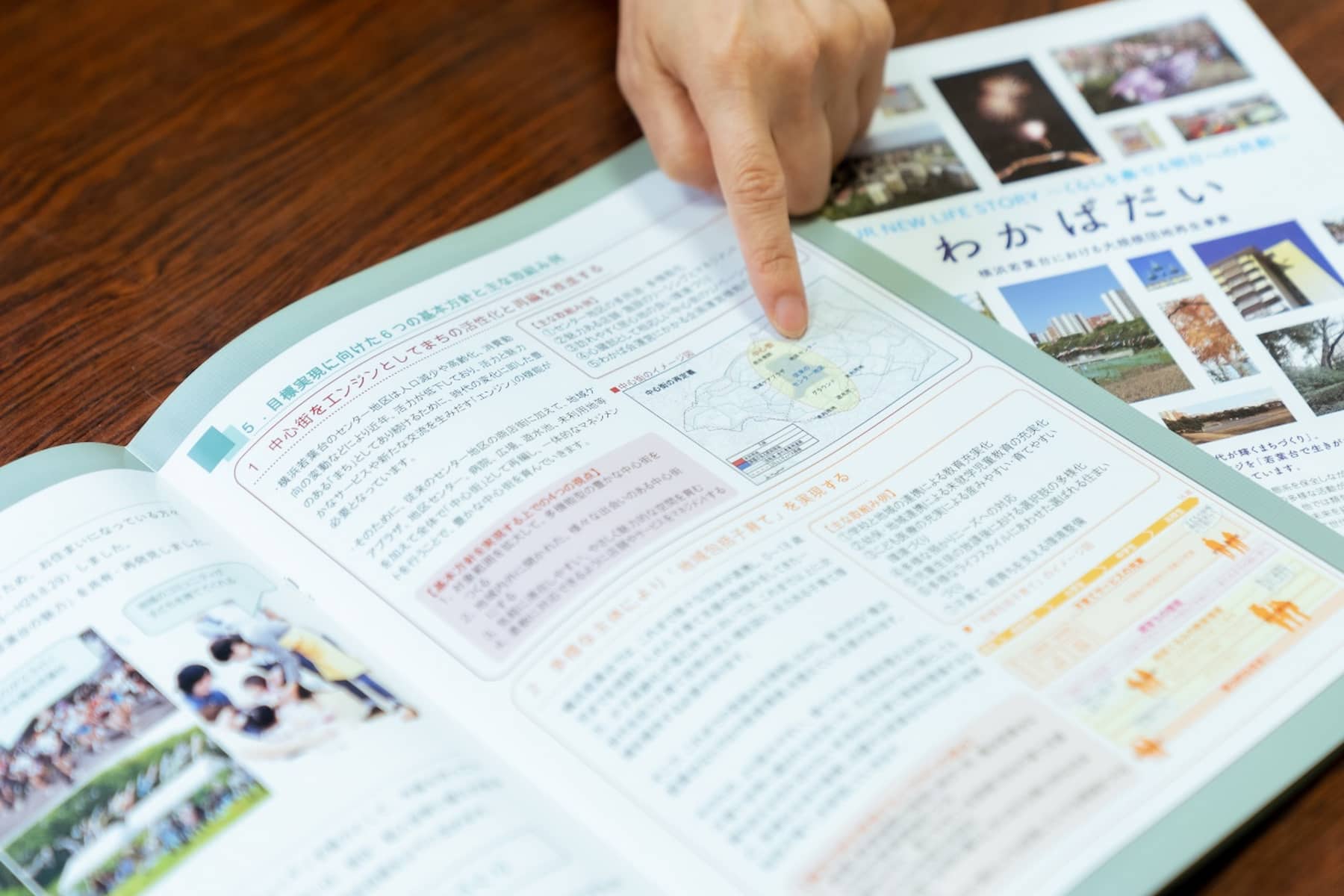
The plan for the future, put together in 2017
Toyama:
Thank you for your honest feedback on the positives and negatives. What problems did working with Hitoshizuku help you to solve?
Maruno:
We asked Hitoshizuku for support because we wanted to encourage independent action among people in the committee. Members and interested parties, inspired by the study sessions, started holding their own sessions. They don’t have many attendees, but you can definitely see a change in people’s attitudes.
Toyama:
Are the study sessions still going on?
Maruno:
At the moment they only have six or seven participants, but yes, they’re moving forward. Right now the sessions are only for people involved in the shopping district, but in the future, I hope more local people can get involved.
Matsui:
Previously, residents didn’t see any opportunity to give their opinions regarding the shopping district. The workshops created that opportunity, and I’m glad we were able to hear what people really feel.
Toyama:
Since then, have there been more opportunities for the shopping district and residents to communicate?
Matsui:
This year is the district’s 40th anniversary. The shop owners want to set up an event that involves the residents, and we’re considering doing so. I think that residents are feeling more involved in the district’s revitalization.
Toyama:
I’m really glad that’s happening. Are there any other initiatives you’d like to implement in the future?
Maruno:
COVID-19 seems to be receding, and that’s slowly generating enthusiasm for community events. It’s been three years since most people have been able to do anything, so they’re keen. I hope that leads to big attendances in the future.
Matsui:
People in the shopping district are highly motivated, but there’s still a lot to achieve. We want to address each issue one by one. The other day, they took a central role in an event that residents also attended. There were food stalls, children’s activities, and so on. Slowly, the community is coming together, and moving ahead.
Maruno:
On that day, a local mothers’ association asked us about holding a flea market. It’s another opportunity for the shop owners and residents to hold an event together. I hope that the locals grow more attached to the district, and develop a stronger sense of shared community.
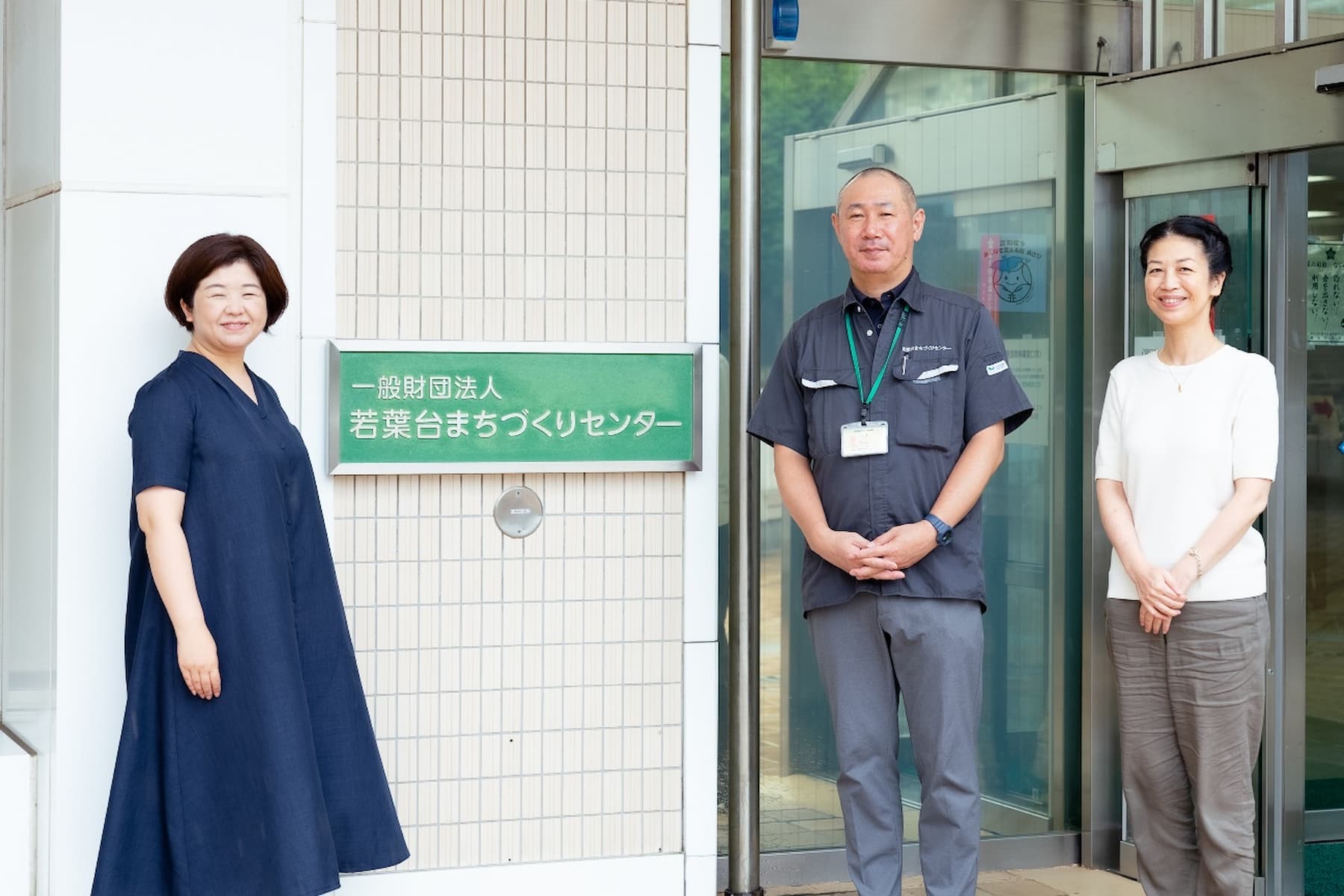
Afterword:
An event celebrating the 40th anniversary of the shopping district was held in November, 2022. Shop owners, residents and the Community Development Center worked together to organize a fireworks display, and drinks. It was a roaring success.
Photography: Hiroyuki Horigome
Editing: Tsujihara Mayuki
Translation editing: Satomi Furukawa
RECENT WORKS
| Name | Hitoshizuku Inc. |
| Address | 33 Nihonodori Naka-ku Yokohama Kanagawa 231-0021 JAPAN |
| Branch | Hamacho Odawara Kanagawa 250-0004 JAPAN |
| Phone | 81 045 900 8611 |
| info@hitoshizuku.co.jp |
| President | Hiroshi Kokubo |
| Established | March 2016 |
| Capital | 3,000,000yen |
| Business | Advertising & Public Relations Agency Planning & Produciton of Social Good Projects |
| Lawyer | Junna Tei / Yokohama First Law Office |
| Tax Advisor | Satoru Motokoide / Uniques Money Advisory |
| Labor and Social Security Attorney Office Work Innovation | |


